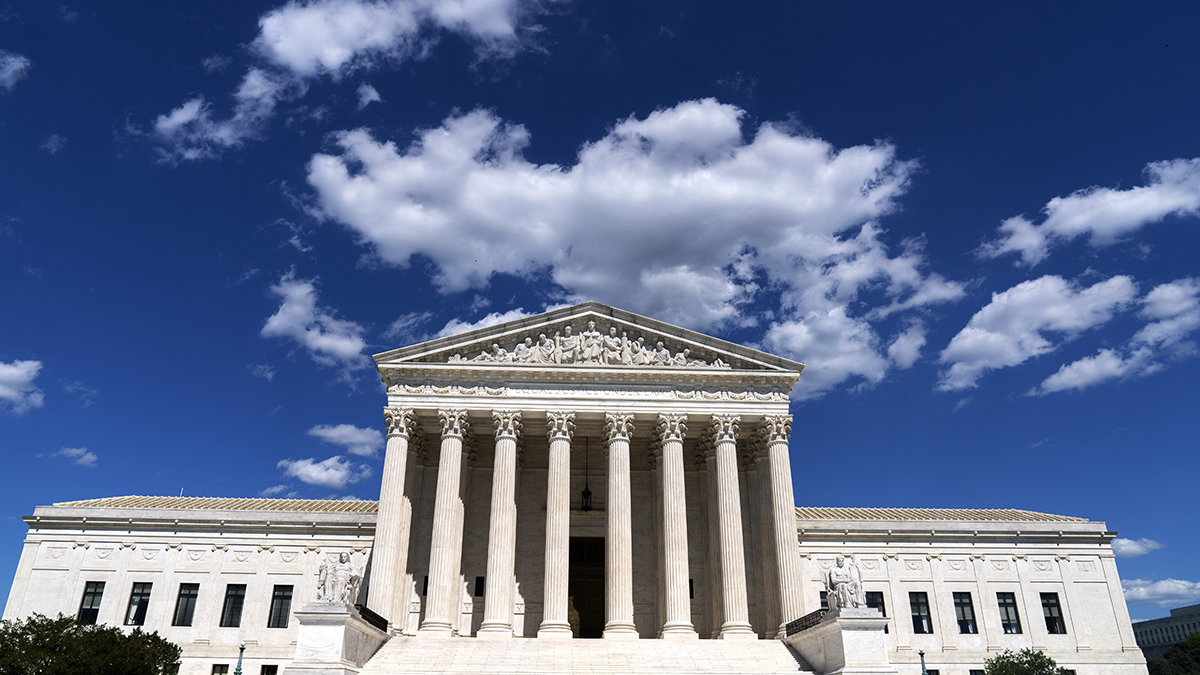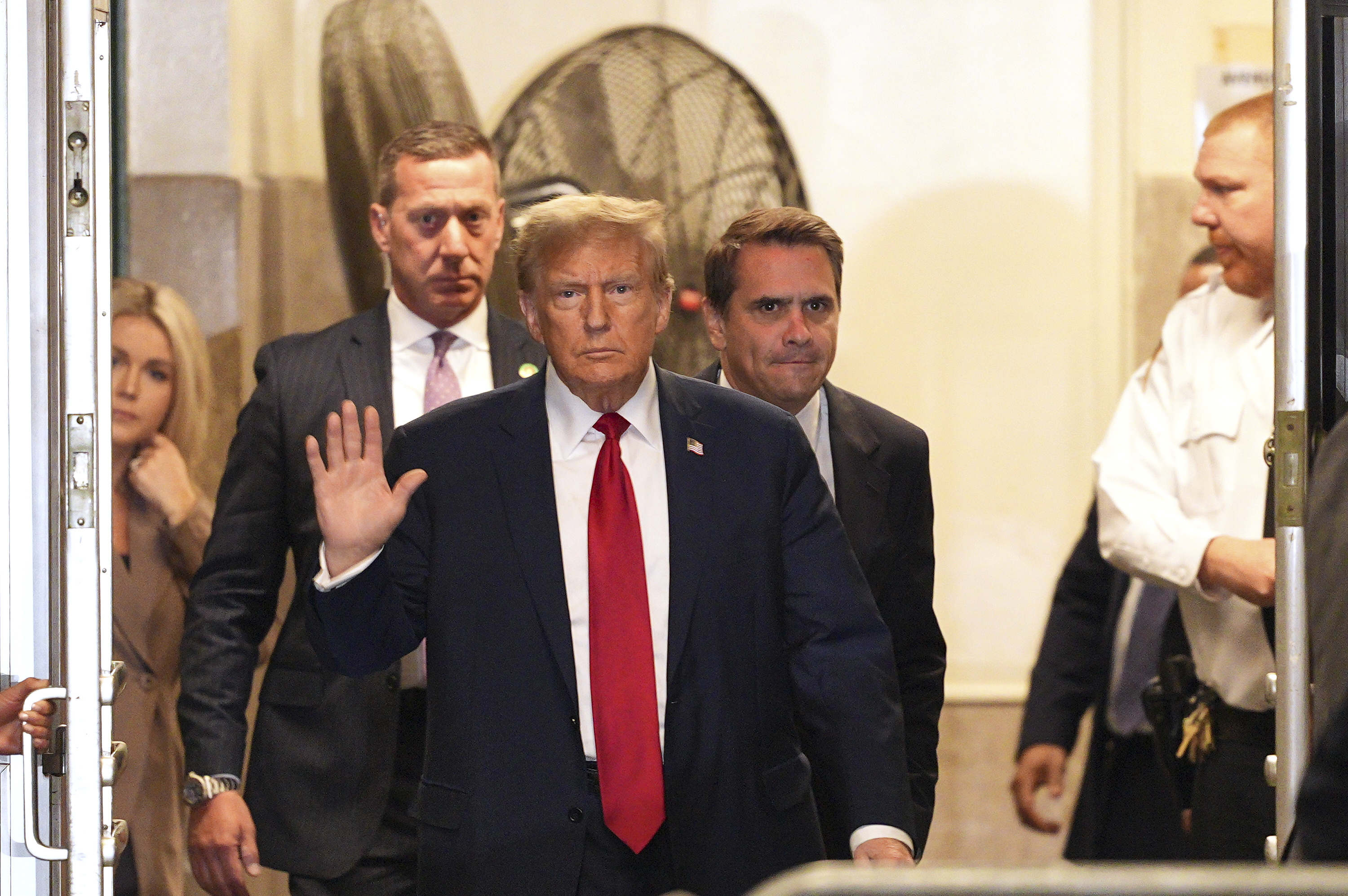In 2017, just as the #MeToo Movement was taking off, Salma Hayek revealed that mogul Harvey Weinstein, as a condition to distribute Hayek's Oscar-winning film "Frida," had sought to get rid of Frida Kahlo's limp and unibrow, and increased her character's sex appeal by insisting on a nude scene.
Weinstein, who has been accused of abusing women, projected his view of them on the screen.
"There are problems of diversity and sexual harassment across industries, not just Hollywood," said Kathleen Tarr, lecturer and specialist in sexual harassment and discrimination at Stanford University's Public Policy Program. "But it is Hollywood that has the opportunity to show a different type of world that can help us envision what we can do in our real life. It has the opportunity to reach people and say, ‘This is not how it has to look.'"
So, how has Hollywood been faring with the issue of male and female representations since #MeToo started? NBC spoke with three women researcher-activists who follow closely what goes on in Hollywood.
Things Are Happening
"In the list of top 100 films of 2018, there is not a single ‘bro’ film," said Caroline Heldman, associate professor of politics at Occidental College in Los Angeles, who sees progress. "The discussions of toxic masculinity are all over Hollywood right now. I don't have numbers yet, but there is no doubt that it has shaped the way men look at their characters too."
Heldman provided various examples. In "Jane the Virgin,” Justin Baldoni could have portrayed a Don Juan character who was into abusing women, but instead, his character was framed another way. He started the television series as a macho womanizer, but soon turned into a loving father, a compassionate and respectful person, supportive of women and committed to his family.
Jonah Hill, meanwhile, apologized for films he did with Seth Rogen that celebrated toxic masculinity. Making a film like their "Superbad" today, where you are being asked to laugh at degrading women and sexually harassing women, just wouldn't be possible, Heldman said.
U.S. & World
The Road Ahead Is Still Long
Still, the number of women directors fell in 2018, and no woman was named for the Academy Awards this year.
The proportion of women directing the industry's top 250 films went down from 11 percent to 8 percent between 2017 and 2018 according to the San Diego State University's Celluloid Ceiling report released in January, while progress in the proportion of producers increased slightly from 25 percent to 26 percent.
The UCLA Hollywood Diversity Report 2019, released on Thursday, shows that the proportion of women directors in 2011 was 4.1 percent, pointing out progress, but warning of continuing under-representation "on every front" for women. In one example, the proportion of women film writers has decreased over time, from 14.1 percent in 2011, to 13.8 percent in 2016, to 12.6 percent in 2017.
"From studio board rooms and executive suites to the talent agencies that act as gatekeepers, the fundamental relations of production that center White males in Hollywood moviemaking remain largely intact," the report notes.
One bright note that could point to a way for a new beginning is television, which the report notes now provides almost unlimited content across a wide array of viewing choices.
Tarr said that the fact that many projects presented by female directors don't get green-lighted is important because it affects the way content is created. For example, in "Wonder Woman" in 2017, directed by Patty Jenkins, the superhero has a very different costume than the traditional male-designed hyper-sexualized version of the character.
"Increased awareness does not imply new policies and practices," Heldman said.
The kind of systemic change, that makes people accountable for sexist, racist and homophobic content is not yet in place, Heldman said.
Heldman is the creator of Grademymovie.com, where consumers can see how films fared on race and gender diversity across six top cast and crew positions.
Despite women making up more than half of the population in the U.S., they comprise only 17 percent of the top roles on film crews, the site notes.
For Nicole Haggard, activist and professor of Film Media and Social Justice at Mount Saint Mary's University in Los Angeles, the problem is that "older white men are still making the decisions." There is less toxic masculinity, but "the message to women is still that we are only as valuable as how much a man desires us," Haggard said.
In "Hidden Figures," where an amazing woman solves the world's most difficult math problem, when she is supposed to go celebrate with her family, she walks in the door and her boyfriend is proposing to her. "So I'm sobbing, not because this woman solved the biggest problem, but because she's getting engaged," Haggard said.
The Future of #MeToo and Hollywood
For Tarr, it is too early to know whether or not #MeToo will continue to gain momentum and affect the industry more deeply. "If we look back at the civil rights movements that have been successful in this country, this has required a lot of collaboration between consumers, the people who are directly affected, people engaging in litigation. So, those successes have required those communities to come together," Tarr said.
The future of #MeToo's capacity to change the system will depend on that, and also on "whether people who are able to access power within the industry are interested in advancing only their careers, or trying to bring their people with them,” she said.



